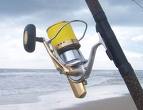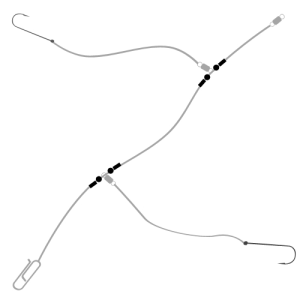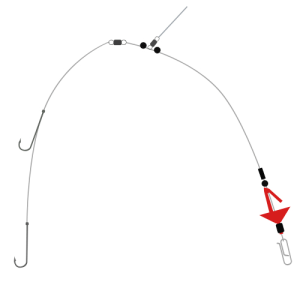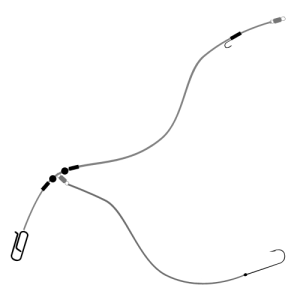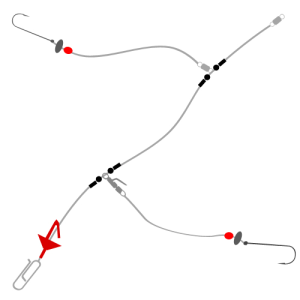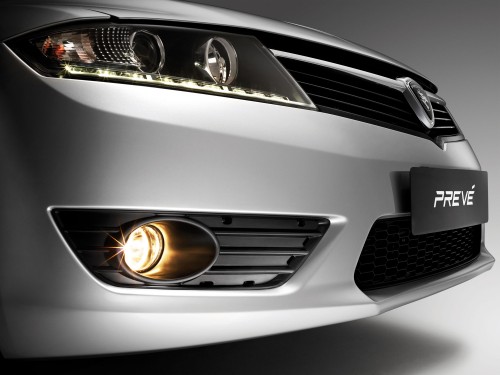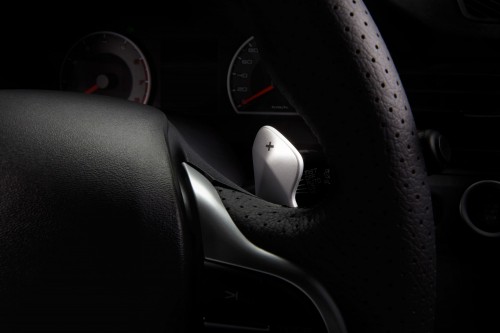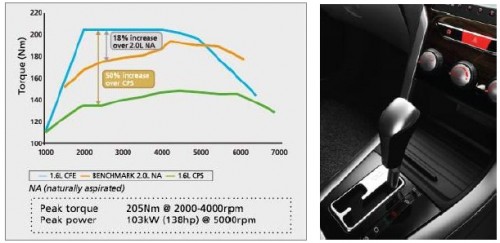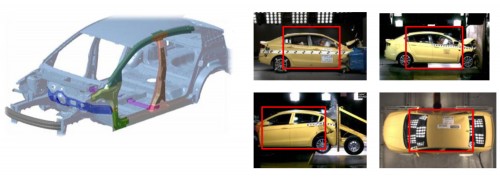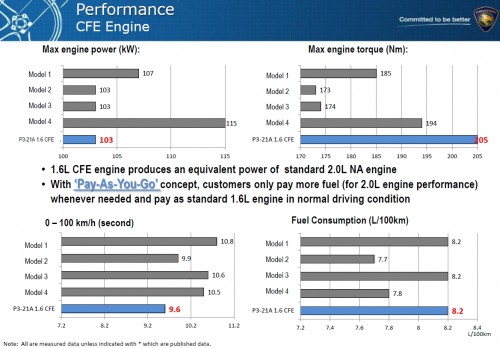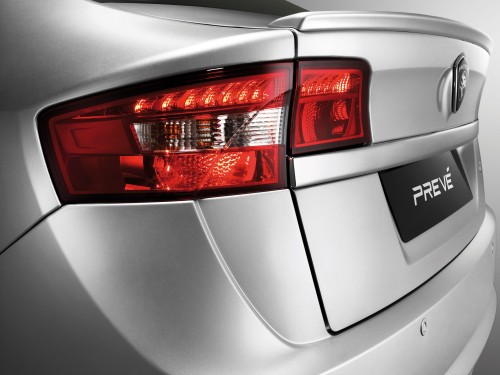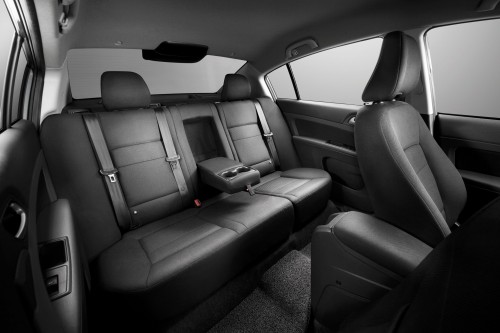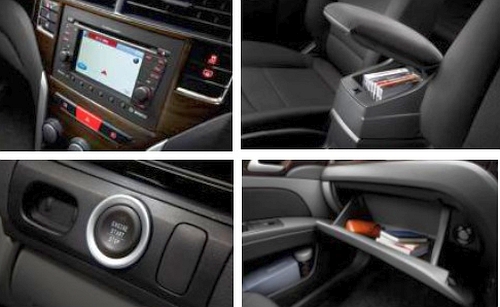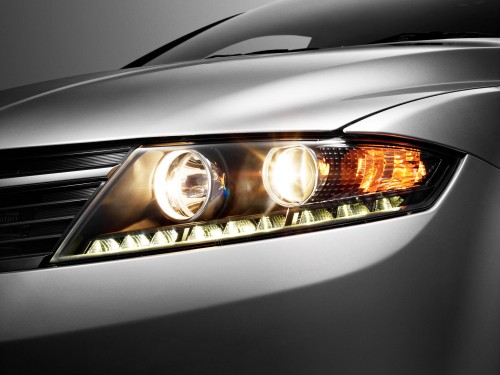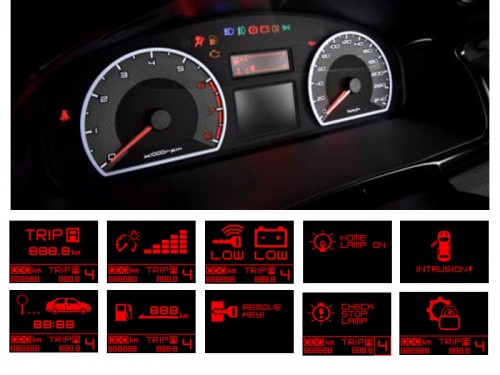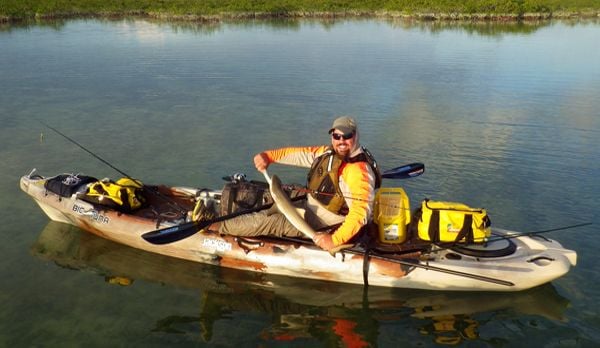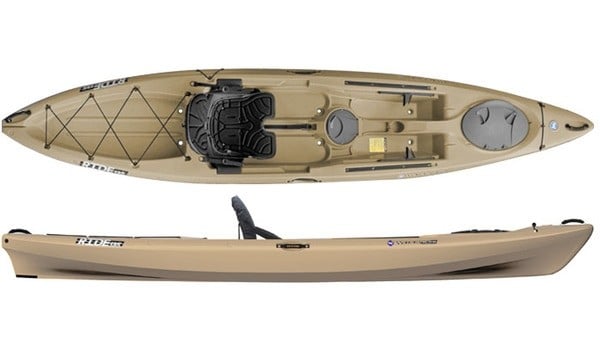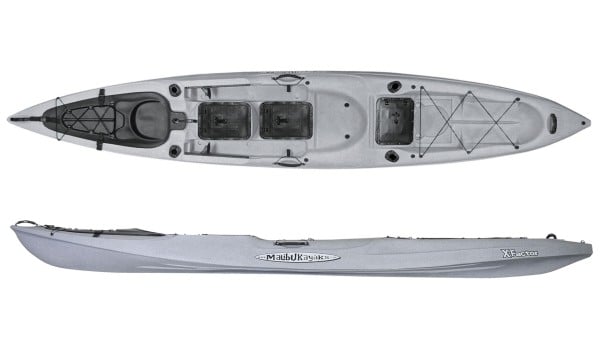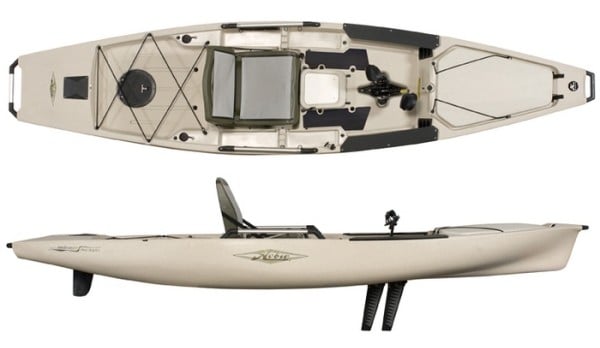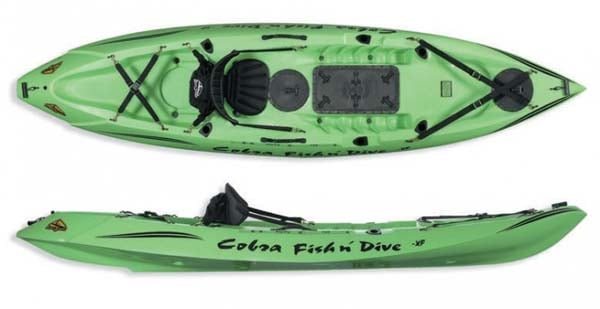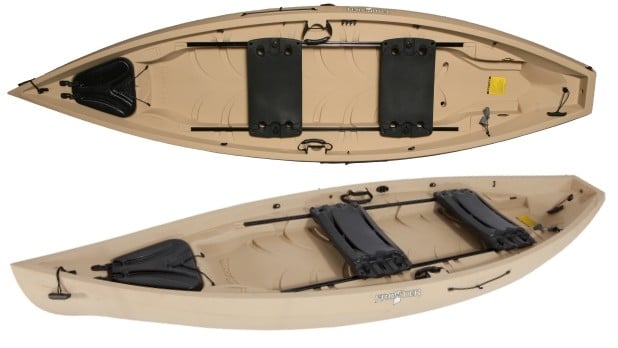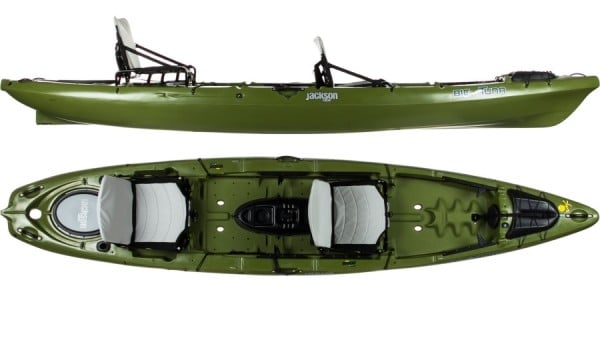![13712703701408365316 13712703701408365316]()
Ikan Baung ( Sumber ilustrasi http://4.bp.blogspot.com )
Oleh J. Haryadi
Sore itu Balkan bersama mertua dan kedua rekannya bermaksud memancing ikan Baung di sebuah sungai yang cukup besar di pinggir sebuah desa di Kotabumi, Lampung Utara. Mereka berempat berangkat dari rumah mengendarai dua buah motor berboncengan. Lokasi memancing ikan cukup jauh dari desa dan agak masuk kepedalaman, sehingga motor hanya bisa parkir sampai ke sebuah gubuk ditepi ladang milik salah seorang petani. Motor lalu dititipkan kepada seorang lelaku tua paruh baya yang berpakaian lusuh.
Mereka berempat sebenarnya belum pernah memancing ke daerah tersebut, namun mereka tahu lokasinya atas petunjuk teman mereka yang pernah memancing disana. Mereka bertanya kepada lelaki tua itu lokasi yang tepat untuk memancing ikan Baung, lalu pria ramah tersebut memberi tahu ancar-ancar lokasi sungai yang biasa dipakai orang memancing. Menurutnya, mereka harus berjalan ke arah Barat dengan menyusuri jalan setapak yang berjarak sekitar 3 km. Patokannya adalah sebuah pohon beringin tua, tak jauh dari sana akan ditemui sebuah sungai yang cukup besar.
Mereka berempat berangkat menuju sungai dengan menyusuri jalan setapak yang sempit dan dipenuhi dengan rumput ilalang. Kiri-kanan jalan masih banyak ditemui hutan yang cukup lebat, sesekali melewati beberapa ladang penduduk. Sekitar setengah jam perjalanan, akhirnya mereka menemukan pohon beringin tua yang cukup besar. Tidak jauh dari pohon beringin tersebut terdapat sungai yang cukup luas dan dalam. Air sungai berwarna kecoklatan mengalir dengan tenang. Beberapa pohon bambu yang cukup lebat menghiasai pinggiran sungai tersebut. Mereka lalu menyisir tepi sungai sambil mencari lokasi yang tepat untuk memancing. Mereka tiba ketika hari sudah menjelang Maghrib.
Balkan, mertua dan kedua rekannya mengambil posisi memancing dengan posisi berlainan, jarak diantara mereka kira-kira 30 m. Diantara mereka tidak saling terlihat karena dihalangi oleh semak belukar dan pohon bambu yang rindang.
Sudah menjadi kebiasaan masyarakat di Lampung, kalau memancing ikan Baung menggunakan umpan kucur, yang terbuat ikan dan daging busuk yang dicampur kapuk. Balkan tidak menyia-nyiakan waktunya untuk segera memacang umpan kucur di mata pancingnya. Perburuan ikan Baung pun segera dimulai.
Sudah satu jam berlalu, langitpun sudah berubah menjadi gelap. Namun cahaya rembulan di malam itu cukup membantu membuat suasana menjadi remang-remang. Anehnya, sampai saat ini tak satupun ikan Baung diperoleh Balkan. Lalu dia beranjak dari tempat duduknya dan bergerak menuju tempat memancing temannya yang terdekat. Didapati temannya sudah mendapat dua ekor ikan Baung yang cukup besar. Entah karena solidaritas atau ingin memiliki privasi sendiri, rekannya itu justru berpindah memancing ketempat lain. Tentu Balkan tidak menyia-nyiakan kesempatan baik ini, lalu posisi rekannya digantikan oleh Balkan. Dalam hati dia berpikir, pasti akan mendapat ikan Baung seperti temannya tadi.
Kembali Balkan menyiapkan umpan kucur dan melemparkan mata pancingnya ke arah sungai, dibawah pohon bambu hutan yang sangat lebat. Tiba-tiba tali senarnya bergerak lincah kesana kemari. Pasti ikan Baung besar sudah memakan umpannya, pikir Balkan. Pergumulan pun segera dimulai. Balkan segera memainkan keahliannya menarik dan mengulur senarnya sedemikian rupa agar ikan Baung tangkapannya tidak lepas begitu saja. Beberapa detik kemudian pancingnya tersentak keras dan Balkan merasa mata pancingnya terlepas, karena tarikannya menjadi enteng sekali.
Segera digulungnya senar pancingnya untuk memastikan apa yang terjadi. Ketika ujung senar muncul ke permukaan air, ternyata mata pancingnya tidak putus, bahkan umpan dan timah pemberat pancingpun masih terpasang rapi. Alhamdulillah, hati Balkan tidak terlalu kecewa karena tidak perlu mengganti mata pancingnya. Namun dia mulai merasa aneh dengan kejadian ini.
Mata pancing kembali dilemparkan ke dalam sungai. Tak lama kemudian, kembali senarnya mengencang. Kali ini Balkan tidak mau menyia-nyiakan kesempatan dalam memainkan pancingnya. Dengan berbagai teknik dan pengalaman yang dimilikinya dia berusaha mengalahkan Ikan Baung yang sedang memakan umpannya. Pergumulan kembali terjadi dengan sengit, tarik menarik antara Ikan dan Balkan berlangsung beberapa menit lamanya. Sayangnya, kejadian pertama tadi terulang kembali. Tiba-tiba dia merasa ikan itu menyentak pancingnya dengan keras dan beberapa detik kemudian tarikannya terasa ringan sekali, pertanda mata pancingnya terlepas dibawa ikan.
Kembali kekecewaan Balkan terobati karena mata pancingnya ternyata masih utuh, seperti tidak terjadi apa-apa. Tentu saja Balkan semakin heran, seharusnya mata pancingnya putus karena tarikan ikan Baung tadi keras sekali. Tetapi dia masih penasaran dan kembali melempar mata pancingnya ke tengah sungai.
Baru juga masuk beberapa detik ke dalam sungai, umpan kucur di mata pancingnya terasa ada yang memakannya. Kejadian seperti sebelumnya kembali terjadi. Pergumulan antara Bakan dan ikan lebih seru dari sebelumnya. Tarik menarik berlangsung lama dan cukup menguras tenaga. Akhirnya kembali lagi Balkan dikalahkan oleh ikan misterius tersebut. Dia merasa mata pancingnya kali ini pasti benar-benar putus, karena tarikan senarnya sudah langsung mengendur. Tetapi ketika sampai ke permukaan air, mata pancing dan timah pemberatnya masih terpasang rapi, kecuali umpan kucur yang sudah tidak ada.
Mungkin karena kesal sudah mengalami kejadian ini selama tiga kali, kesabaran tukang ojek yang merangkap sebagai guru ngaji ini pun mulai hilang. Sumpah serapah keluar dari mulutnya.
“Dasar ikan sialan ! Kalau mau makan umpan ya makan saja, jangan main-main. Kalau kamu setan, muncul saja sekalian …,” teriak Balkan dengan kesal, setengah menantang.
Sambil duduk bersila, Balkan memegang mata pancingnya dan bermaksud memasang kucur yang ada disisi kanannya, sambil menyalakan batere kecil sebagai penerangannya. Ketika kepalanya menoleh ke kenan, alangkah terkejutnya karena disampingnya ada seorang nenek-nenak sedang jongkok berpakaian kebaya zaman dulu dengan kedua bola matanya yang panjang melotot dan wajah berantakan dipenuhi benjolan-benjolan seperti orang terkena penyakit kusta. Sontak semua bulu kuduk dan semua rambut yang dimiliki Balkan berdiri tegak seperti landak.
Beberapa detik lamanya badan Balkan tidak bisa bergerak dan saling pandang dengan hantu wewe gombel yang ada dihadapannya. Masih beruntung, dalam kondisi takut yang luar biasa, dia teringat nasihat almarhum ayahnya. Beliau pernah bercerita kalau ketemu dengan hantu, hujamkan pisau atau benda tajam lainnya ke bumi, maka hantu itu pasti akan hilang. Dengan sisa kekuatan yang masih tersisa, secara repleks Balkan mengambil pisau belati yang tersimpan dari balik bajunya dan menghujamkannya ke bumi sambil mengucapkan sumpah serapah. Sontak saja wewe gombel itu tiba-tiba menghilang dari pandangannya.
Kemudian Balkan segera berdiri dan berteriak minta tolong sambil memanggil mertuanya. “Toolooong …a..a..baaah !”
Beberapa kali Balkan berteriak, tetapi anehnya, suara dari mulutnya seakan-akan terganjal di tenggorokan. Dia merasa sudah berteriak sekeras-kerasnya, namun hasilnya justru nihil, tak terdengar suara sedikitkpun dari mulutnya.
Dengan sisa kekuatan yang ada, Balkan berusaha berjalan sambil mulutnya terus berteriak. Tetapi langkahnya terasa berat sekali. Satu langkah itu terasa seperti membawa beban yang sangat berat, tetapi dia terus berjuang sambil berteriak dan membaca ayat suci Al-Qur’an dalam hati. Baru pada langkah ke tujuh kakinya terasa ringan dan tiba-tiba teriakannya menjadi normal dan kencang sekali.
Sayup-sayup terdengar jawaban diujung sungai. Balkan segera bergerak cepat mencari rekan-rekannya, namun mereka tidak ditemukan. Balkan terus menyusuri tepi sungai dengan cepat. Akhirnya setelah bergerak beberapa menit mereka ditemukan. Ternyata rekan-rekannya berada cukup jauh darinya, sekitar 1 km dari lokasi kejadian.
Mereka berempat sepakat untuk menghentikan kegiatan memancingnya dan kembali ke gubuk petani. Sesampainya disana Balkan menceritakan kejadian yang dialaminya ke pak tua. Petani itu kemudian menjelaskan kalau tempat tersebut memang angker dan Balkan bukan orang pertama yang mengalami hal serupa. Beberapa pemancing pun pernah mengalaminya. Ternyata menurut pak tua, tidak jauh dari lokasi kejadian terdapat makam tua yang tidak terurus. Mungkin penghuni alam gaib yang ada disana merasa terganggu dan marah dengan kehadiran mereka sehingga menakut-nakuti mereka.
Sejak saat itu Balkan tidak berani lagi memancing ikan Baung ke daerah tersebut dan kejadian itu menjadi pelajaran berharga baginya sampai sekarang.
***
Kamus :
- Ikan Baung : Sejenis ikan lele yang biasa hidup di air tawar. Baung adalah nama segolongan ikan yang termasuk ke dalam marga Hemibagrus, suku Bagridae. Ikan yang menyebar luas diIndia, Cina selatan dan Asia Tenggara ini juga dikenal dengan banyak nama daerah, seperti ikan duri, baong, baon (Malaysia.), bawon(Betawi), senggal atau singgah (Sunda), tagih atau tageh (Jawa), niken, siken, tiken, tiken bato (Kalimantan tengah), dan lain-lain.
Baung masih sekerabat dengan lele (bangsa Siluriformes). Nama marganya, Hemibagrus, berasal dari kata bahasa Latin hemi yang berarti “setengah” atau “separuh”, dan bagrus, yang dipungut dari pelafalan Muzarab bagre atas perkataan Yunani pagros, yakni nama sejenis ikan laut (Inggris: seabream).
- Kucur adalah sejenis umpan untuk memancing, khususnya terhadap ikan baung. Umpan kucur ini terbuat dari bahan dasar ikan. Sebelum menjadi umpan yg dinamakan kucur, ikan ini akan melalui proses pembusukan dengan bahan campuran kapas.Setelah masa atau proses pembusukan selesai maka ikan yg telah membusuk tersebutsudah siap utk djadikan umpan memancing. Perlu anda ketahui bahwa umpan ini mengeluarkan aroma yang tidak sedap disaat pemakaiannya. Sumber![]() Releasing Sailfish not in correct manner also the fish caused the fish drawn without sufficiently having enough water pass through the lung, likewise holding the fish out of water for too long.
Releasing Sailfish not in correct manner also the fish caused the fish drawn without sufficiently having enough water pass through the lung, likewise holding the fish out of water for too long.![Kelongfishing Kelong Fishing]() About 35 minutes down south from Kuala Rompin, passing through Endau, Johor, is a small malay fishing village, Penyabong (Penyabung), located two kelong (Residency in the middle of sea for anglers – picture), whereby you stay, fish, sleep, bath, eat (food & drink provided, BYO your own Beer or liquor or buy from them). Once you reach Penyabong, the Kelong operators would ferry you to the Kelong using a small fishing boat. Anyway, advance booking is required whether you would try your skill for one night or two. Those two kelong are located quite close to each other and it’s around three nautical miles from the shore.
About 35 minutes down south from Kuala Rompin, passing through Endau, Johor, is a small malay fishing village, Penyabong (Penyabung), located two kelong (Residency in the middle of sea for anglers – picture), whereby you stay, fish, sleep, bath, eat (food & drink provided, BYO your own Beer or liquor or buy from them). Once you reach Penyabong, the Kelong operators would ferry you to the Kelong using a small fishing boat. Anyway, advance booking is required whether you would try your skill for one night or two. Those two kelong are located quite close to each other and it’s around three nautical miles from the shore.
 Releasing Sailfish not in correct manner also the fish caused the fish drawn without sufficiently having enough water pass through the lung, likewise holding the fish out of water for too long.
Releasing Sailfish not in correct manner also the fish caused the fish drawn without sufficiently having enough water pass through the lung, likewise holding the fish out of water for too long. About 35 minutes down south from Kuala Rompin, passing through Endau, Johor, is a small malay fishing village, Penyabong (Penyabung), located two kelong (Residency in the middle of sea for anglers – picture), whereby you stay, fish, sleep, bath, eat (food & drink provided, BYO your own Beer or liquor or buy from them). Once you reach Penyabong, the Kelong operators would ferry you to the Kelong using a small fishing boat. Anyway, advance booking is required whether you would try your skill for one night or two. Those two kelong are located quite close to each other and it’s around three nautical miles from the shore.
About 35 minutes down south from Kuala Rompin, passing through Endau, Johor, is a small malay fishing village, Penyabong (Penyabung), located two kelong (Residency in the middle of sea for anglers – picture), whereby you stay, fish, sleep, bath, eat (food & drink provided, BYO your own Beer or liquor or buy from them). Once you reach Penyabong, the Kelong operators would ferry you to the Kelong using a small fishing boat. Anyway, advance booking is required whether you would try your skill for one night or two. Those two kelong are located quite close to each other and it’s around three nautical miles from the shore.




 I’m in the middle of getting all my kit together for a Far North kayaking expedition; I have equipment checks underway, gear lists to sort through, and tackle to accumulate.
I’m in the middle of getting all my kit together for a Far North kayaking expedition; I have equipment checks underway, gear lists to sort through, and tackle to accumulate. This piece of equipment goes right back to my earliest saltwater kayak-fishing days. I had the good fortune to get amongst monster Northland moochers almost from the first bait in the water. Consequently, I was suddenly confronted with trying to get heavy fish into the rear well of my Swing, and have them stay there, regardless of conditions.
This piece of equipment goes right back to my earliest saltwater kayak-fishing days. I had the good fortune to get amongst monster Northland moochers almost from the first bait in the water. Consequently, I was suddenly confronted with trying to get heavy fish into the rear well of my Swing, and have them stay there, regardless of conditions. Forgetting my fish-finder is one of the few times I’ll consider losing valuable fishing time and heading back home to collect it.
Forgetting my fish-finder is one of the few times I’ll consider losing valuable fishing time and heading back home to collect it. These have definitely become a ‘no compromise’ item, and leaving them in the vehicle on a pre-dawn start will trigger an automatic return to the beach to get them. They’re so important I always carry spares in the vehicle. Our high UV levels create plenty of glare, even on cloudy days, and there’s always the very real risk of the kayakers equivalent of snow blindness creating damage, because we sit so close to the water.
These have definitely become a ‘no compromise’ item, and leaving them in the vehicle on a pre-dawn start will trigger an automatic return to the beach to get them. They’re so important I always carry spares in the vehicle. Our high UV levels create plenty of glare, even on cloudy days, and there’s always the very real risk of the kayakers equivalent of snow blindness creating damage, because we sit so close to the water. Not a lot needs to be said here. I grew up with the adage ‘if you’re not going to eat it, don’t kill it’. If you’re bringing catch home, you need to keep it in good order. Insulated covers give fast, easy access to the rear well in rough conditions, and allow easy transport of larger or longer fish like big kingfish. Fully insulated bags are affordable and give better insulation. For those doing lots of surf transitions, they’re also better at keeping your catch retained if you turn turtle in the waves. Chill-Pods provide the ultimate in catch storage and minimize any fishy leakage while on the water or when transporting your catch home.
Not a lot needs to be said here. I grew up with the adage ‘if you’re not going to eat it, don’t kill it’. If you’re bringing catch home, you need to keep it in good order. Insulated covers give fast, easy access to the rear well in rough conditions, and allow easy transport of larger or longer fish like big kingfish. Fully insulated bags are affordable and give better insulation. For those doing lots of surf transitions, they’re also better at keeping your catch retained if you turn turtle in the waves. Chill-Pods provide the ultimate in catch storage and minimize any fishy leakage while on the water or when transporting your catch home.













